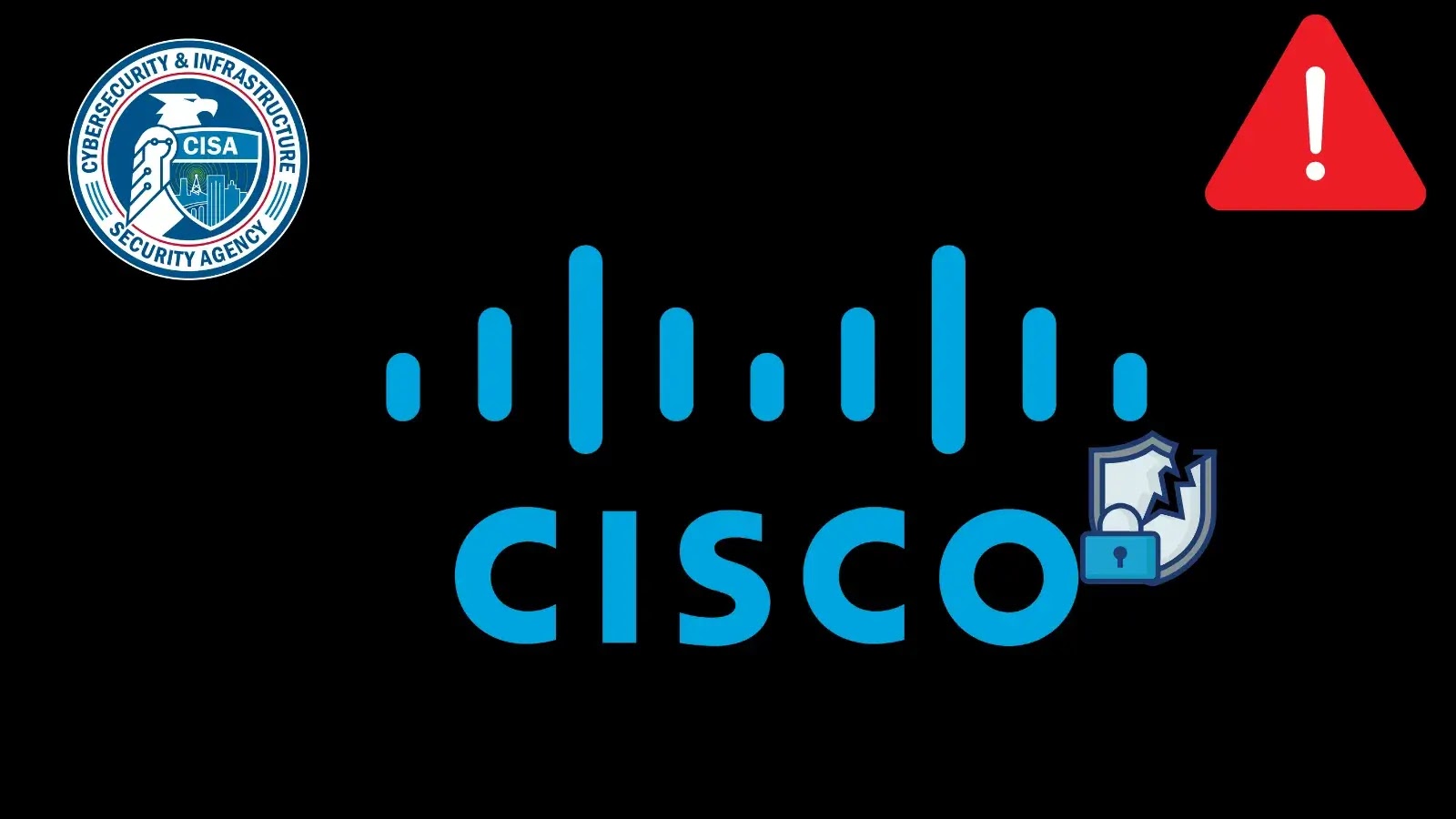The National Cyber Security Centre (NCSC) has issued an urgent alert concerning a critical zero-day vulnerability in Oracle E-Business Suite (EBS), identified as CVE-2025-61882. This flaw is currently being actively exploited, posing a significant risk to organizations utilizing affected versions of the software.
Overview of CVE-2025-61882
CVE-2025-61882 is a severe security vulnerability located within the Business Intelligence (BI) Publisher Integration component of Oracle’s Concurrent Processing module. This flaw allows unauthenticated remote code execution (RCE), enabling attackers to execute arbitrary code on vulnerable systems without requiring user credentials. The vulnerability affects Oracle EBS versions 12.2.3 through 12.2.14, particularly those instances exposed to the internet.
Technical Details
The vulnerability can be exploited by sending specially crafted HTTP requests to the BI Publisher Integration servlet. This method does not necessitate any prior authentication or user interaction, making it particularly dangerous. Successful exploitation grants attackers the ability to execute commands under the Oracle EBS application account, potentially leading to data exfiltration, full system compromise, and lateral movement within the corporate network.
Indicators of Compromise (IoCs)
Organizations should be vigilant for the following IoCs:
– Anomalous servlet URIs
– Unexpected child processes initiated by $XBPSRV
– Suspicious outbound connections on non-standard ports
These indicators can help in identifying potential exploitation attempts and should be monitored closely.
Active Exploitation and Threat Landscape
The NCSC has observed multiple exploitation attempts targeting UK organizations, with a particular focus on EBS instances exposed to the public internet. Internal networks lacking proper segmentation are also at risk if an attacker gains an initial foothold. The critical nature of this vulnerability is underscored by its high Common Vulnerability Scoring System (CVSS) score of 9.8, indicating its potential for widespread impact.
Mitigation Strategies
To address CVE-2025-61882, the NCSC recommends the following actions:
1. Apply Security Patches: Implement Oracle’s October 2023 Critical Patch Update, followed by the dedicated EBS patch for CVE-2025-61882. Detailed installation instructions are available in Oracle’s advisory.
2. Monitor for IoCs: Utilize the published IoCs to scan logs, web access records, and process listings for signs of exploitation. Tools such as grep and Security Information and Event Management (SIEM) systems can assist in identifying suspicious activities.
3. Limit Public Exposure: Restrict public access to Oracle EBS components. If internet exposure is unavoidable, implement web application firewalls (WAFs), strict access control lists (ACLs), and adhere to network perimeter guidelines as outlined by the NCSC.
4. Deploy Endpoint Detection and Response (EDR) Agents: Install EDR agents on application servers and conduct behavioral analysis to detect anomalous child processes or unusual outbound traffic.
5. Incident Response: If a compromise is suspected, contact Oracle’s Product Security Incident Response Team (PSIRT) and report the incident to the NCSC via its online portal. Early notification can facilitate coordinated response and threat intelligence sharing.
Additional Resources
The NCSC offers several free resources to assist organizations in enhancing their cybersecurity posture:
– Vulnerability Management Guidance: Best practices for identifying and mitigating vulnerabilities.
– Preventing Lateral Movement: Strategies to prevent attackers from moving laterally within networks.
– Early Warning Service: Real-time alerts on emerging threats and vulnerabilities.
By implementing these measures, organizations can strengthen their defenses against current and future vulnerabilities in Oracle E-Business Suite.



